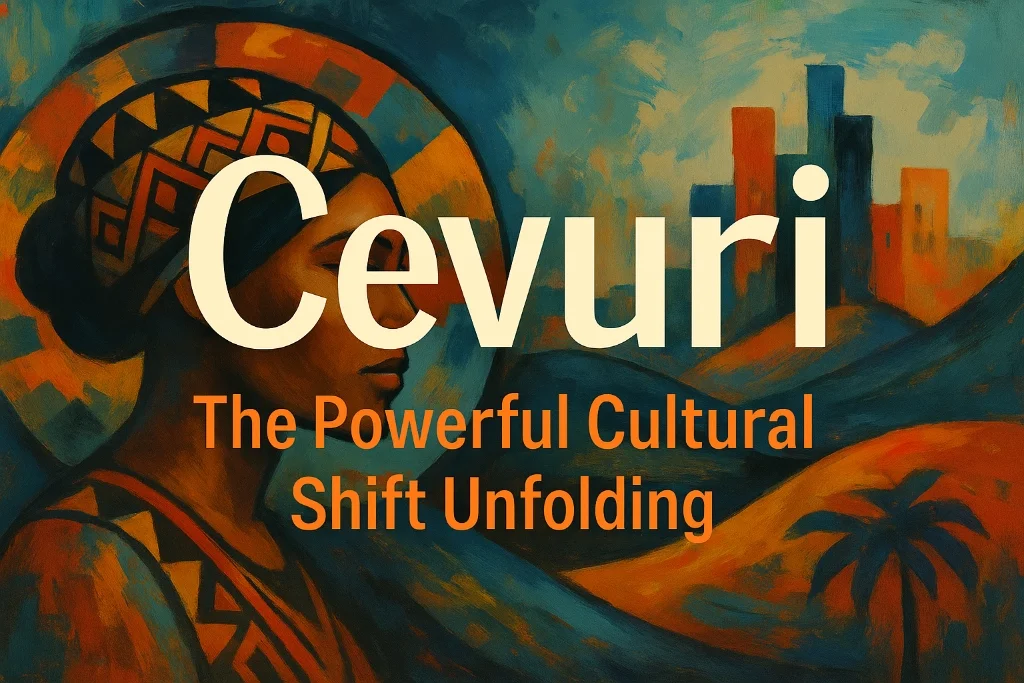Introduction: What Is Cevurı and Why Does It Matter?
For those who are passionate about heritage, folklore, and forgotten traditions, the term Cevurı holds an alluring mystery. Though rarely mentioned in mainstream discussions, Cevurı carries layers of meaning tied to both ancient rituals and evolving cultural practices.
Pronounced cheh-VOO-ree, the word is believed to originate from deep-rooted traditions across various regions. Whether it refers to a specific object, activity, or symbolic representation, Cevurı stands as a cultural touchstone with continued relevance in today’s world.
The Historical Roots of Cevurı
To understand Cevurı fully, one must explore its historical backdrop. In ancient times, this term was commonly used to describe sacred objects, spiritual actions, or ceremonial practices unique to regional customs. Cevurı was not merely a term but a symbol of communal identity.
From oral storytelling to sacred texts, Cevurı often appeared in the context of seasonal rituals, local celebrations, or spiritual journeys. In many societies, it served as a bridge between the physical world and spiritual beliefs—making it a core part of community life and intergenerational memory.
The Cultural Significance of Cevurı Today
While the rituals and settings may have changed, the essence of Cevurı still resonates in modern times. In contemporary art, for instance, creators reinterpret its forms and meanings to build narratives that connect the past with the present.
Cevurı is also seen in educational projects, where it is used to teach students about the evolution of language, belief systems, and communal values. Cultural festivals often showcase its elements through performances, visual arts, and storytelling, reinforcing its place in living tradition.
Why Understanding Cevurı Is Valuable
Appreciating the story behind Cevurı offers several key benefits:
-
Cultural Awareness: It fosters respect for ancient traditions and broadens perspectives.
-
Historical Insight: It helps historians and scholars piece together narratives from fragments of the past.
-
Educational Value: Teachers use it as a case study to explain heritage preservation and intercultural learning.
-
Creative Inspiration: Artists and performers find in Cevurı a rich source of symbolic and visual language.
In essence, Cevurı connects personal curiosity with collective memory.
Real Life Applications of Cevurı
Cevurı may be ancient, but its applications are anything but outdated. Today, it finds relevance in multiple fields:
-
Visual and Performing Arts: Modern creators draw on its themes to produce works that blend tradition with innovation.
-
Museum Exhibits: Cevurı-inspired artifacts or reconstructions often feature in cultural exhibits to educate the public.
-
Cultural Preservation Programs: NGOs and academic groups document Cevurı-related customs as part of efforts to safeguard intangible heritage.
-
Community Events: Folk festivals sometimes include reenactments or interpretations of Cevurı-linked practices.
These modern uses keep its legacy alive and evolving.
The Urgency of Preserving Cevurı
As global cultures become increasingly digitized and homogenized, there’s a growing risk of losing traditional knowledge like that embodied by Cevurı. That’s why preservation matters.
Whether it’s through digital archives, academic publications, or grassroots cultural revival efforts, every attempt to document and celebrate Cevurı contributes to a richer understanding of our shared humanity.
In schools, heritage projects now include local history modules that feature terms like Cevurı to spark intergenerational conversations and revive interest in regional identity.
Why Cevurı Still Holds Meaning
Cevurı isn’t just a historical term—it is a living metaphor for how traditions adapt and survive. In a fast-paced world, Cevurı serves as a reminder that culture is not static. It evolves, speaks, and continues to shape human expression.
By learning about Cevurı, we don’t just study the past—we discover new ways to bring meaning and mindfulness into the present. Whether through storytelling, teaching, or artistic innovation, this ancient concept still has something to say.
Conclusion: More Than a Word, A Legacy
Cevurı represents a timeless blend of memory, meaning, and identity. It may have started in the shadows of tradition, but it now finds itself in the spotlight of cultural renewal.
Understanding Cevurı allows us to preserve what matters—stories that shaped communities, rituals that connected generations, and symbols that remind us of who we are. As we continue to explore and embrace diverse cultural heritages, terms like Cevurı remind us that the past is never far behind. It’s woven into the present—and guiding the way forward.
